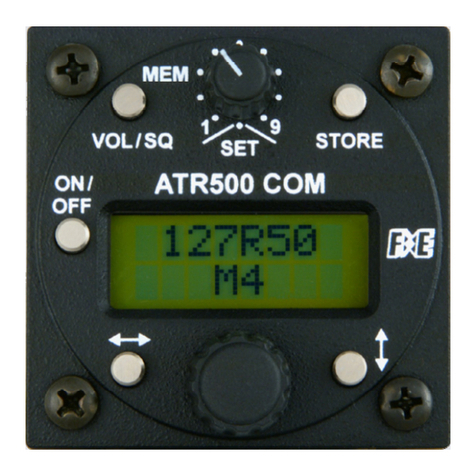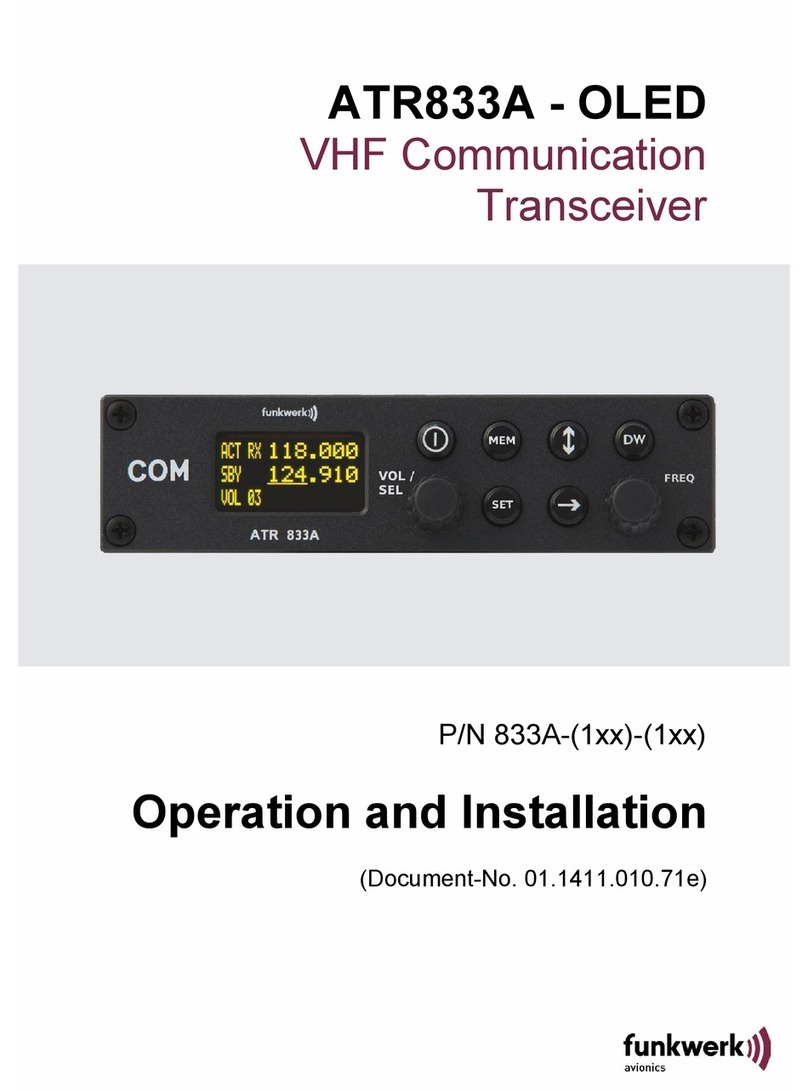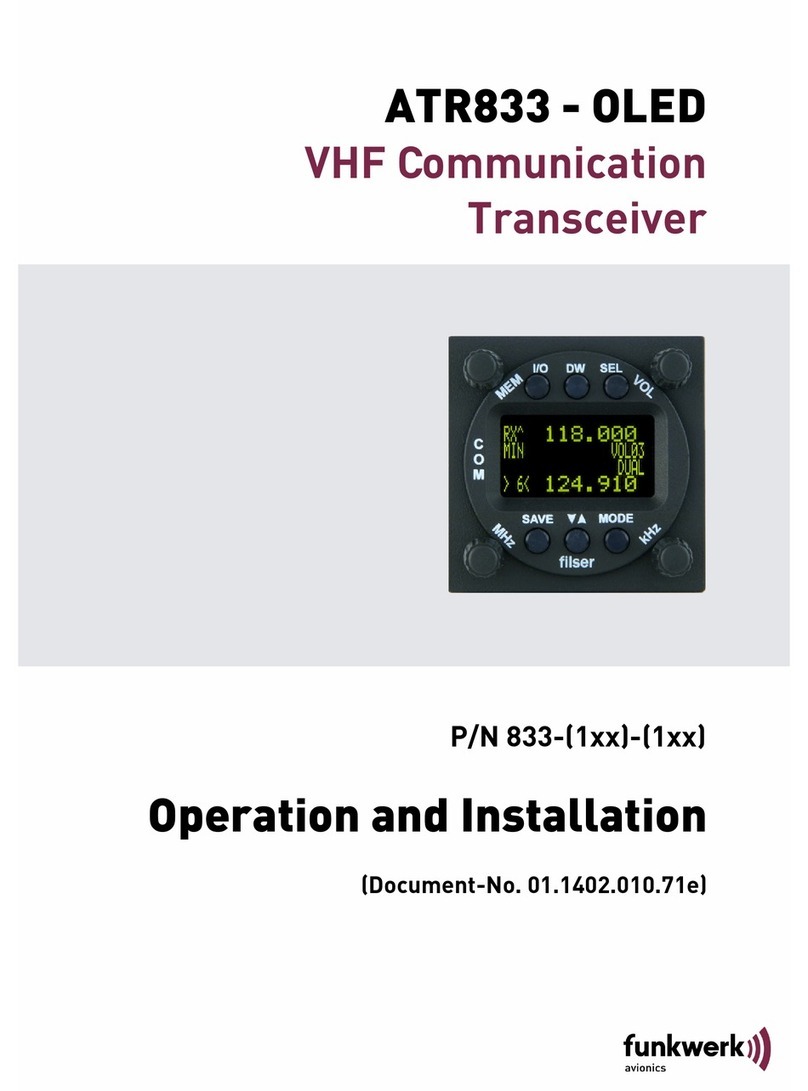CONTENTS
1
GENERAL..................................................................................................................................... 5
1.1
S
YMBOLS
................................................................................................................................... 5
1.2
A
BBREVIATIONS
.......................................................................................................................... 5
1.3
C
USTOMER
S
UPPORT
................................................................................................................. 6
1.4
F
EATURES
.................................................................................................................................. 6
2
OPERATION ................................................................................................................................. 7
2.1
C
ONTROLS
................................................................................................................................. 7
2.2
ON/OFF.................................................................................................................................... 9
2.3
D
ISPLAY
..................................................................................................................................... 9
2.4
B
ASIC
S
ETTINGS
....................................................................................................................... 11
2.4.1
VOL - Volume............................................................................................................... 12
2.4.2
SQL - Squelch.............................................................................................................. 12
2.4.3
DIM – Backlight ON/OFF ............................................................................................. 13
2.4.4
VOX – Voice Detection (Speech Threshold for Voice Activated Intercom) ................. 13
2.4.5
DWM – Dual Watch Volume Reduction.......................................................................14
2.4.6
INT - Intercom-Volume................................................................................................. 14
2.4.7
EXT - Volume of the External Audio Input ................................................................... 15
2.5
F
REQUENCY
S
ETTING
............................................................................................................... 16
2.5.1
Automatic 8.33 / 25 kHz Channel Width Selection ......................................................16
2.5.2
Manual Frequency Input .............................................................................................. 16
2.5.3
Recall a Frequency from the User Memory .................................................................17
2.5.4
Recall a Frequency from the List of the 10 Last Used.................................................18
2.5.5
Store a Frequency into the User Memory....................................................................18
2.6
D
UAL
W
ATCH
O
PERATION
......................................................................................................... 20
2.7
T
RANSMISSION
......................................................................................................................... 22
2.8
R
ECEPTION
.............................................................................................................................. 22
3
CONFIGURATION...................................................................................................................... 23
3.1
SPC
–
C
HANNEL
S
PACING
........................................................................................................ 23
3.2
CON
-
C
ONTRAST
.................................................................................................................... 24
3.3
DPY
–
E
NERGY
S
AVING
M
ODE
(A
UT
.
D
ISPLAY
D
ARKENING
)....................................................... 24
3.4
PTT-B
UTTON
S
ELECTION
......................................................................................................... 25
3.5
EXT
–
E
XTERNAL
A
UDIO
I
NPUT
’
S
B
EHAVIOR
.............................................................................. 26
3.6
M
ICROPHONE
I
NPUT
S
ENSITIVITY
.............................................................................................. 27
3.6.1
MLS – Standard Microphone Pilot/Left ........................................................................ 27
3.6.2
MLD – Dynamic Microphone Pilot/Left......................................................................... 27
3.6.3
MRS – Standard Microphone Copilot/Right.................................................................27
3.6.4
MRD – Dynamic Microphone Copilot/Right ................................................................. 27
3.7
TST
–
T
EST
M
ODE
................................................................................................................... 29
3.8
M
ASTER
R
ESET
........................................................................................................................ 29
4
INSTALLATION .......................................................................................................................... 30
4.1
A
DVICES AND
T
IPS
.................................................................................................................... 30
4.2
T
ELECOMMUNICATION
D
ATA
...................................................................................................... 30
4.3
S
COPE OF DELIVERY
................................................................................................................. 30
4.4
U
NPACKING AND
I
NSPECTING THE
E
QUIPMENT
........................................................................... 31
4.5
M
OUNTING
............................................................................................................................... 31
4.6
E
QUIPMENT
C
ONNECTIONS
....................................................................................................... 32
4.6.1
Microphone-Connection............................................................................................... 32
4.6.2
Headset-Connection .................................................................................................... 32
4.6.3
Audio-Input................................................................................................................... 33
4.6.4
Remote Control Panel.................................................................................................. 33






























